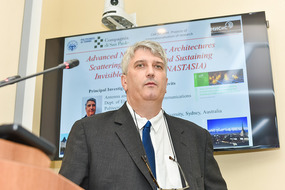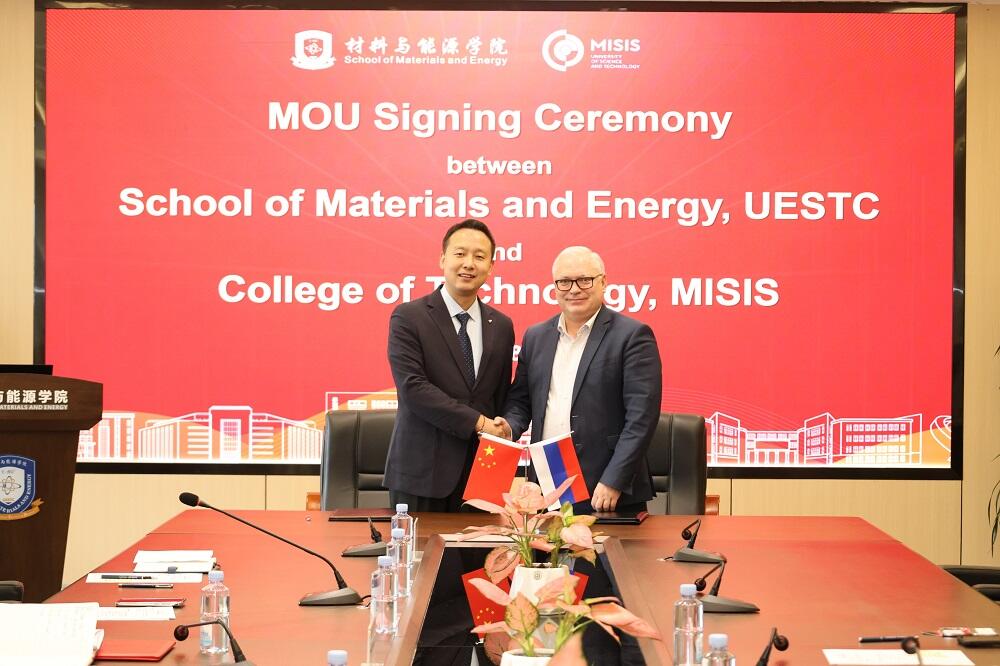An international science team consisting of researchers from NUST MISIS and Polytechnic University of Turin has started its work on the creation of the Theory of Absolute Invisibility. The official start of the research project took place during a joint Russian-Italian seminar that took place on November 8th, 2017, at NUST MISIS.
“By developing international cooperation, NUST MISIS scientists actively participate in research collaborations with world-leading universities. The joint project — Advanced Non-radiating Architectures Scattering Tenuously And Sustaining Invisible Anapoles (or ANASTASIA for short) — with the Polytechnic University of Turin has become another step in strengthening ties with international universities. The research work will be conducted through a grant as part of the Polytechnic University of Turin`s International Cooperation Program. From the Russian side, the research group is led by Dr. Alexey Basharin, an associate researcher at the NUST MISIS Laboratory of Superconducting Metamaterials, and Professor Ladislau Matekovits will lead from the Italian side”, said Alevtina Chernikova, Rector of NUST MISIS.
As Dr. Basharin explained, the current reality of most transparent materials and objects is that there is a very narrow radiation range and only certain angles to conceal objects. Accordingly, the task scientists have set is to make the creation of these structures easier and to develop a theory that will make it possible to design and then create metamaterials which conceal objects at any angle and in a wide range.
To create this theory of invisibility, scientists will need to generalize the theoretical foundations which underlie the existing examples of “invisibility”. According to Basharin, the group intends to solve Maxwell`s equations for different metamaterials.
“The task is to calculate the optimal structure necessary for light waves to pass through metamaterial without distortion. From an observer`s point of view this will make the object invisible”, — clarified Dr. Basharin.
After this development scientists plan to create the best metamaterial yet. They’re currently on track to publish their research results next year. According to the researchers, they have a good chance of succeeding because Basharin`s group has a wealth of experience creating basics for invisible metamaterials.





